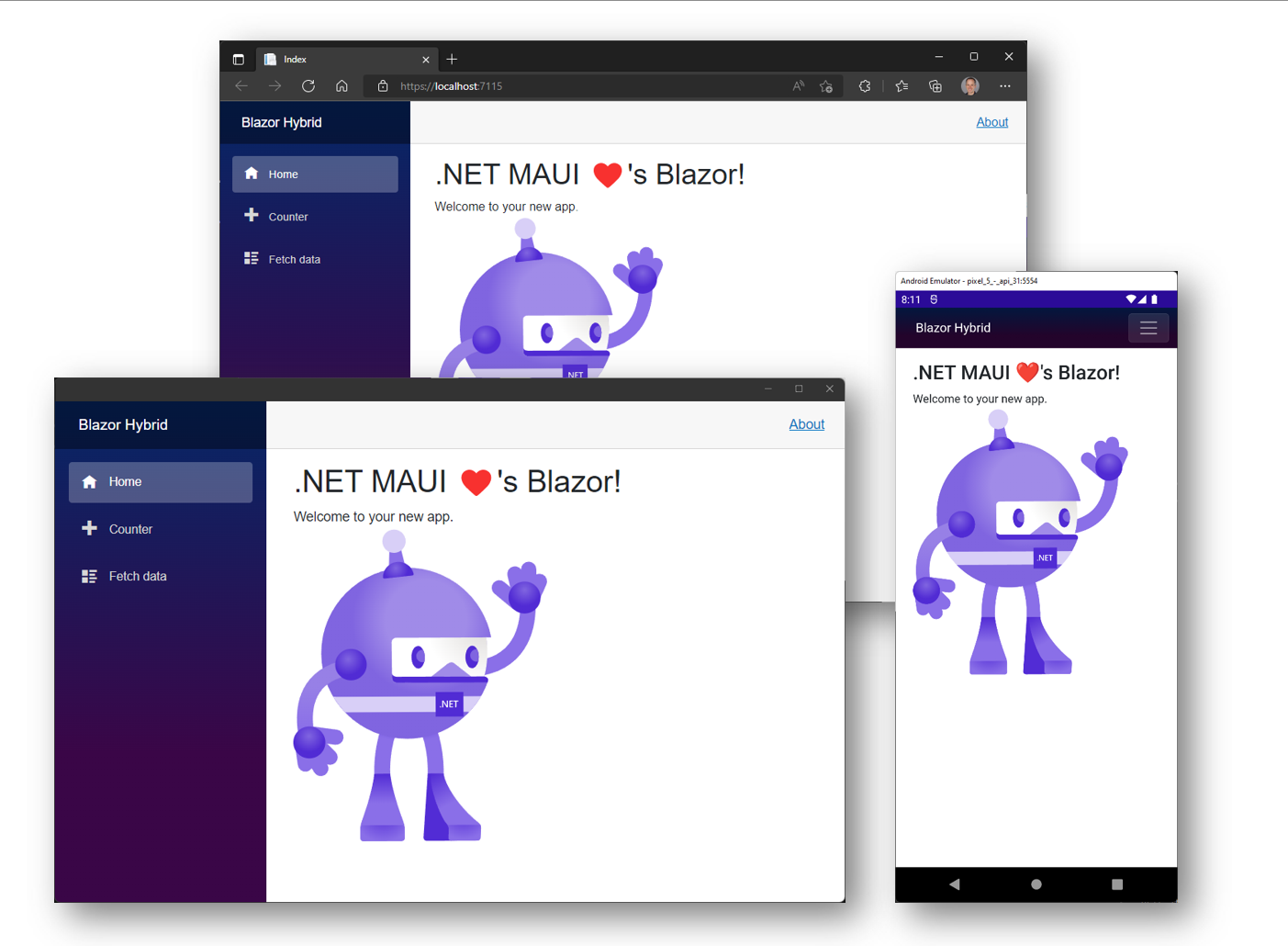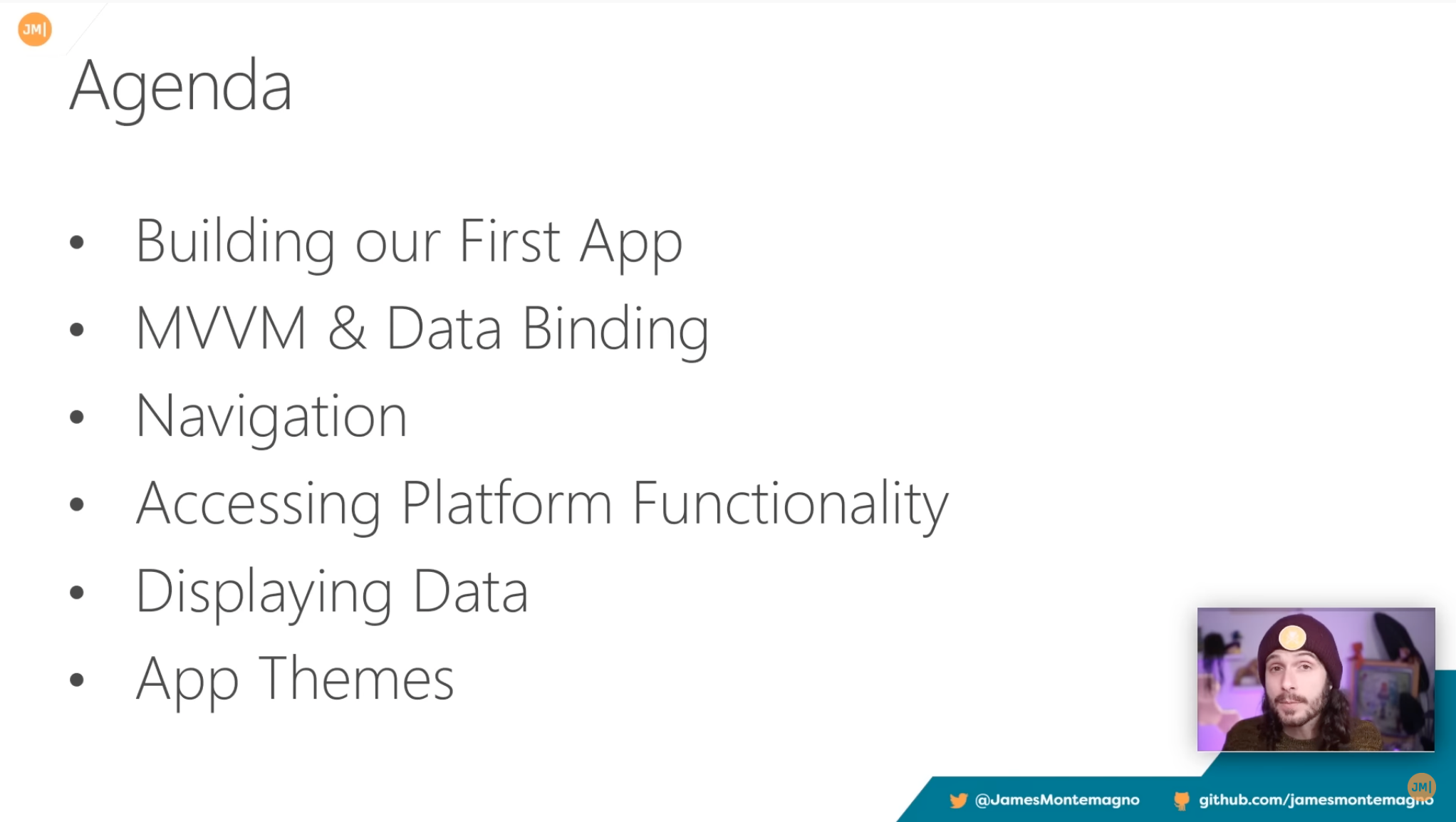Sands of MAUI: Issue #59

Welcome to the Sands of MAUI—newsletter-style issues dedicated to bringing together latest .NET MAUI content relevant to developers.
A particle of sand—tiny and innocuous. But put a lot of sand particles together and we have something big—a force to reckon with. It is the smallest grains of sand that often add up to form massive beaches, dunes and deserts.
Most .NET developers are looking forward to .NET Multi-platform App UI (MAUI)—the evolution of Xamarin.Forms with .NET 6. Going forward, developers should have much more confidence in the technology stack and tools as .NET MAUI empowers native cross-platform solutions on mobile and desktop.
While it is a long flight until we reach the sands of MAUI, developer excitement is palpable in all the news/content as we tinker and prepare for .NET MAUI. Like the grains of sand, every piece of news/article/video/tutorial/stream contributes towards developer knowledge and we grow a community/ecosystem willing to learn and help.
Sands of MAUI is a humble attempt to collect all the .NET MAUI awesomeness in one place. Here's what is noteworthy for the week of May 31, 2022:
.NET MAUI Ready
The wait is over—.NET MAUI has reached the General Availability (GA) milestone. David Ortinau wrote up the GA announcement blog post that was published just before Microsoft Build 2022. Through 14 Previews releases and 3 Release Candidate builds, .NET MAUI has seen lots of engineering and community involvement. It has been quite the journey—and things are just getting started.
David rehashed what .NET MAUI means—.NET developers now have a first-class, cross-platform UI stack targeting Android, iOS, macOS, Windows and Tizen. What started as an evolution of Xamarin.Forms with a mobile-first mindset, now includes desktop support and is the defacto cross-platform development stack for .NET. .NET MAUI at launch already enjoys a healthy ecosystem, includes accessibility/customization options, is optimized for performance and provides solid tooling for developer productivity. .NET MAUI also opens the playing field to welcome Blazor for native client development with all the flexibility expected on mobile/desktop.
Mobile and Desktop native experiences through a lightweight and performant architecture with consistent standards/patterns and top-notch developer productivity/flexibility—that's .NET MAUI is a nutshell.
Huge kudos to all the .NET MAUI folks at Microsoft for reaching the coveted GA milestone. And big cheers for developer community involvement.

.NET MAUI Courseware
With .NET MAUI now out for GA with stable runtime/tooling, a lot of developers, who may have been on the fence in the past, are jumping right in. And for folks just getting into .NET MAUI, a gentle introduction into the basics would be nice—what is the .NET MAUI runtime, what's the promise, how to get started and how to be productive building cross-platform mobile/desktop apps?
James Montemagno to the rescue—with an epic full course on .NET MAUI for beginners.
For those wanting to learn by seeing/doing, James covers the kitchen sink of all things .NET MAUI—inspired from the .NET MAUI workshop. The basics come first—what is .NET MAUI, the architecture, project structure and how developers can get started.
James then dives into Model View ViewModel (MVVM) concepts—INotifyPropertyChanged, Data Binding and Navigation. One of the core strengths of .NET MAUI is easy platform API access and customizability—James covers all of that, as well as how to style apps inclusively. This is a wonderful course for anyone getting started with .NET MAUI or looking for a refresher as .NET MAUI graduates to a production reality.

Telerik UI for .NET MAUI
No developer platform can be successful without a solid supporting ecosystem—thankfully, .NET MAUI does not lack ammunition in this regard. After being the first large UI component library available with .NET MAUI Previews, Telerik UI for .NET MAUI is now officially out for GA with 1.0.0 version. This is an epic year-long effort with lots of engineering and collaboration—congratulations are due.
Telerik UI for .NET MAUI offers more than 50 components, including some of the most requested ones across the Telerik portfolio such as .NET MAUI ListView, DataGrid, Charts, DatePicker, TabView, Editors and others. With the GA release, there is also conscious effort to cater to mobile and desktop—all UI components adjust seamlessly and work on any platform. A new Visual Studio ToolBox should get developers going quickly, while Document Processing Libraries should enable enterprise workflows with ease.
Want to look through some real-world code and examples of polished Telerik UI? There are several Demo apps pushed out to the App Stores with source code included—go be productive, developers!

Celebrating .NET MAUI
Techorama conference happened in Antwerp Belgium last week. It was great to see the developer community come together for a successful conference—great conversations amongst passionate developers wanting to learn from each other. A few .NET enthusiasts, namely Gerald Versluis, James Clancey and yours truly, were out at Techorama spreading .NET MAUI love.
Richard Campbell, from .NET Rocks, hosted an impromptu informal .NET MAUI livestream with the trio to celebrate the GA release—leading to a well rounded conversation as to what .NET MAUI means for developers.
Reaching the GA milestone is a big deal for folks who have seen .NET MAUI from infancy—the journey was a big part of the honest conversation. And one of the best things .NET MAUI does is open the funnel and invite more developers to be successful.
Don't like XAML? Now developers have the option of writing the app visual tree in C# with MVU pattern using Comet or C# with .NET MAUI Community Toolkit Markup Extension. And Blazor or other web technologies are welcome towards native mobile/desktop client apps.
The future is bright for .NET cross-platform strategy and .NET MAUI is just getting started.

.NET MAUI on MacOS
Working with .NET MAUI on MacOS as your dev machine? While Command Line Tools (CLI) with Visual Studio Code has been the staple for a while, preview support for .NET MAUI in Visual Studio 2022 for Mac is also coming along. If you want another option for your development workflow and looking for an Integrated Development Editor (IDE), JetBrains Rider might be the thing to look at.
Khalid Abuhakmeh wrote up a blog post on how to get set up with .NET MAUI development on MacOS using JetBrains Rider.
With the latest release of JetBrains Rider 2022.2 EAP, there is preview support for building .NET MAUI apps. Sure cross-platform development targeting mobile/desktop is never easy—there are platform dependencies and SDK/tools to install. Thankfully everything is well documented—developers need to grab the latest .NET MAUI workloads, along with XCode, OpenJDK and Android SDKs.
Armed with the latest JetBrains Rider on MacOS and some additional Plugins, developers can get all set up for .NET MAUI development targeting iOS/MacOS/Android—thanks, Khalid, for the detailed writeup.

That's it for now.
We'll see you next week with more awesome content relevant to .NET MAUI.
Cheers, developers!

Sam Basu
Sam Basu is a technologist, author, speaker, Microsoft MVP and gadget lover. With a long developer background, he also worked as a Developer Advocacy Manager for advocating modern web/mobile/cloud development platforms on Microsoft/Telerik/Kendo UI technology stacks. His spare times call for travel, fast cars, cricket and culinary adventures with the family.

